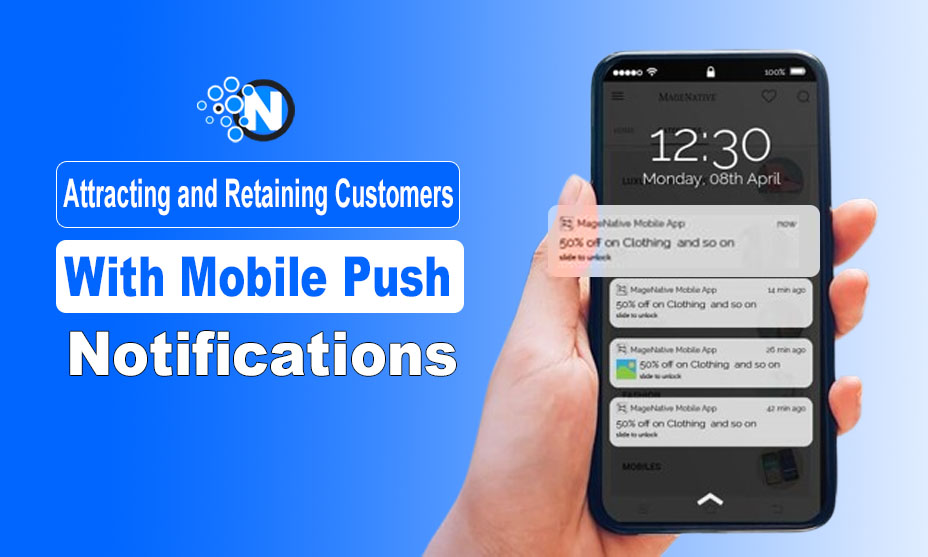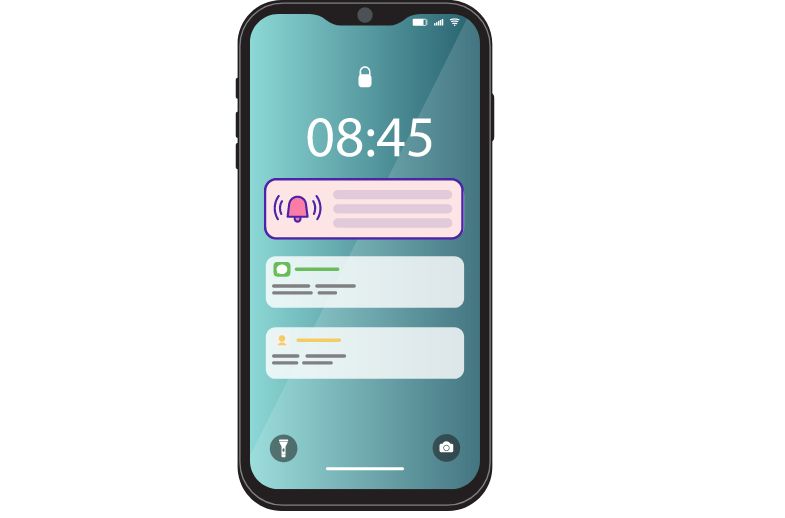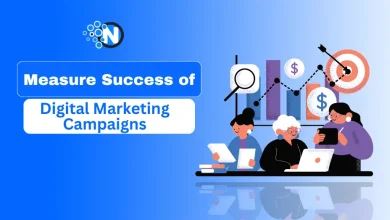Attracting and Retaining Customers With Mobile Push Notifications

How people engage with financial institutions, retailers and service providers is changing amazingly, thanks to mobile push notifications. From instant alerts to seamless mobile payments, the world is using these notifications to stay informed and secure in an ever-changing digital space.
As financial institutions continue to innovate how they operate, they are adopting mobile push notifications to better engage users, ensure security, and improve other functionalities related to overall satisfaction.
Let’s discuss how!

The Power of Real-Time Alerts
The most significant use of mobile push notifications is real-time alerts. This can be seen in the use of payment apps when transacting online, whether purchasing goods or depositing at a pay by phone casino to play and gamble online. In the latter, these real-time alerts reassure casino players that their funds are not intercepted, notifying them of account activity at any given time. Any transaction at an online casino would be tracked and the player informed of funds going out or into their accounts.
Online gamblers are also better equipped to manage their bankrolls. The same can be said of any online transaction. For example, when a purchase is made by a customer, a push notification is sent at that instant detailing the transaction. This not only helps to keep track of spending but also is an added layer of security. If a transaction seems suspicious or unfamiliar, the customer can quickly identify it and take the action needed like freezing their card or contacting customer service.
It creates this instant form of communication between the financial service provider and their users which subsequently instills transparency and trust. When a customer’s account activities are updated in real-time, it gives the customer a sense of being on top of their game as far as personal finance is concerned. Immediately after the deposit or attempted access from an unknown device, this feeling provided by push notifications is quite assuring. It gives peace of mind.

Enhancing Engagement Through Personalized Alerts
Banks can highly personalize mobile push notifications. With a lot of data at the disposal of these institutions, they can generate alerts that will resonate with the varied needs of different users. For instance, a bank may alert a customer about credit limits or a due bill payment. This not only saves one from missed payments or over-limit fees but keeps on the engagement front.
Not limited to transactional notifications, financial institutions can alert their customers to tailored financial advice, promotions, or offers based on behavior and preferences. For example, a push notification could be sent to the customer who is already regularly using the mobile banking app to transfer money abroad, informing him about favorable currency exchange rates or a promotion for reduced transfer fees.
The Integration of Mobile Payments
In the financial sector, push notifications play a vital role in the integration of mobile payments specifically. As more consumers turn to their smartphones for making purchases, banks and financial institutions are offering seamless mobile payment options that align with real-time integrated notifications. Once a customer starts a mobile payment, it can immediately send a push notification, confirming the transaction and ensuring the user is informed.
This kind of real-time feedback enhances the convenience of mobile payments and, from a user’s perspective, provides an extra layer of security in the sense that they will be alerted to any issues or attempts at fraud. For example, theft. Mobile payment integration with loyalty at financial institutions can include push notifications that let customers know the points they earned as well as discounts or special offers. This kind of integration not only allows the process to be seamless but also encourages brand allegiance by advocating continuous use of the bank’s services.
Biometric Authentication for Security and Convenience
Going hand-in-hand with mobile push notifications is biometric authentication, which ensures only a recorded user can complete a transaction, adding an extra layer of security. This is very important for mobile payments because the fraud risk is high since transactions are fast and on the go.
If banks and other establishments such as retailers or online casinos require biometric data for phone payment systems, even if a phone is lost or stolen, it would be impossible for unauthorized people to make a payment or access the account. Online gambling establishments are prime examples of where integrating biometric authentication is used, with the result that the transactions are smooth and safe.
In this way, this implementation of biometric authentication assures the general public that their private data and funds are secure, a pertinent issue in industries with very high stakes. While that may be true, it is the financial sector that is taking the lead in implementing biometric authentication, with most of the big organizations embedding them into their mobile applications, not only for customer security but also to improve the experience of making payments.
Push Notifications and Fraud Prevention
Financial institutions use push notifications mainly to alert customers to potential phishing attempts or other fraud. For example, if there’s been a recent uptick in one particular region of scam activity, the banks can send a push that goes to their customers warning them to be leery and providing tips on how to avoid becoming a victim.
Real-time alerts combined with biometric authentication drive strong security assurance that leaves customers feeling confident when using mobile payments and banking apps. This proactive approach helps prevent financial loss while increasing customer satisfaction by showing them that the bank is actively taking measures for the protection of their assets.
Driving Customer Satisfaction and Retention
Integrating mobile push notifications with banking services has the primary benefit of improving customer satisfaction. If and when customers feel informed, secure, and valued they will likely stay loyal to their bank or financial institution. Alerts in real-time ensure that customers are up to date at any given moment, so anxiety is reduced, and the risk of unforeseen fees or fraudulent activity is also diminished.
Mobile payments, enabled seamlessly through biometric authentication and instant notifications, bridge the gap between the convenience consumers need and the loyalty the financial and other sectors aim to inspire in their clientele.




